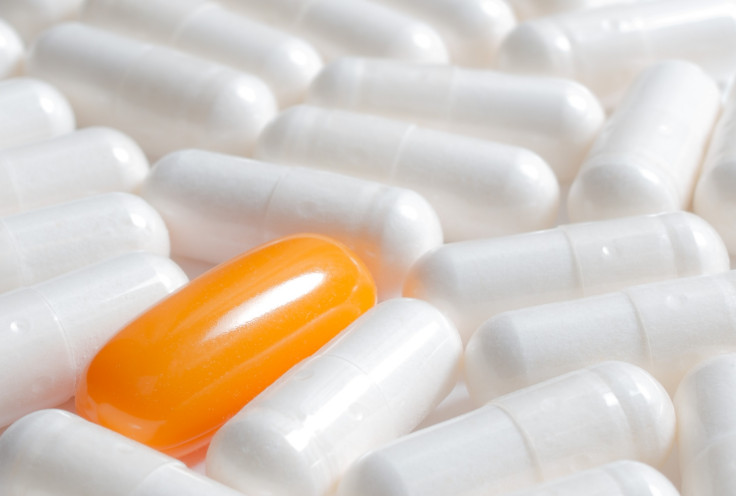'Exercise pill' could trick blood vessels into thinking you're working out
And you could reap all the health benefits from it.

We're one step closer to a drug that will mimic the positive health effects of exercise without actually requiring us to break a sweat.
Scientists have found a way to manipulate an important 'exercise sensor' in artery walls, publishing their study findings in the journal Nature Communications. The goal is to one day be fully able to switch this sensor on chemically, to help people too frail or ill to exercise to still get the health benefits.
"We know that exercise is a great protector against conditions such as cardiovascular disease," study author David Beech of the University of Leeds told IBTimes UK. "The general idea is that exercise must give this protection in some way by sensing the mechanics of exercise."
But how this really happens at a molecular level has been unknown until now. Previous studies have shown that the protein Piezo1 reacts to increased bloodflow through the arteries leading to the stomach and the intestines. During exercise, Piezo1 triggers these vessels to constrict, limiting the blood flow to the digestive system. This frees up more blood to go to where it's needed – the muscles.
In Beech's experiments, he and his colleagues looked at what happens when mice don't have a functional gene for Piezo1. Previous studies have shown that if a mouse embryo doesn't have Piezo1, it dies.
None of the mice embryos engineered to not have this protein developed into functional babies, let alone adults. This could be because the protein is likely to have many distinct functions in the body. It's not just found in the arteries – it's present in the mouse's gut lining, the kidneys and even the brain.
In the most recent study, the team waited until the mice reached adulthood to disable Piezo1, and found the results were quite different. These mice seemed more or less normal in their day-to-day activities. They were normal weight and seemed to be active and healthy. When they were faced with the exercise wheel, though, differences in these mice began to appear.
"Their performance is less good during their bursts of activity on the wheel. They lose more weight during exercise, suggesting it's more difficult for them. Their running bouts the distance they run is less than in the mice with a functional Piezo1," said Beech.
The team also discovered that introducing a compound called Yoda1 on mouse tissues in a dish seemed to simulate the tissue's response to increased blood flow. This could be because it's acting on Piezo1, making it an interesting candidate to pursue for a potential exercise pill.

"The next stage would be to use a modified version of Yoda1 in the animal itself," Beech said.
It's possible that there are many different 'exercise sensors' like Piezo1, so stimulating just that may not be enough for a viable exercise pill. Nevertheless, Piezo1 is the first protein to be found that specifically is triggered by a mechanical change that happens during exercise, making it an important target to pursue.
"Our hope is that it could replicate health benefits of exercise without actually having to exercise. This could be a massive benefit to people who have an injury or a disability or who are already unwell," Beech said.
On the subject of potential adverse effects from taking an exercise pill, Beech said that if the pill was a close enough mimic of exercise, there would be little reason to worry.
"What is fascinating about exercise is that it provides health benefits, as far as we know, with no negative effects.
"Of course there's the risk of injury, but normally exercise is a way to safely protect yourself against health problems. If you can truly replicate this with a drug, I would expect no negative health effects to be associated with it."
© Copyright IBTimes 2025. All rights reserved.






















